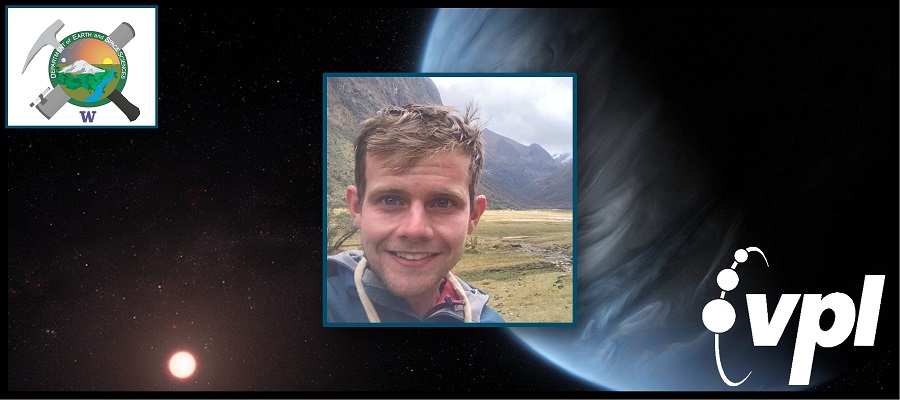VPL graduate student Nick Wogan (University of Washington), researcher and former student Dr. Josh Krissansen-Totton (University of California, Santa Cruz)…
Here we investigate whether magmatic volcanic outgassing on terrestrial planets can produce atmospheric CH4 and CO2 with a thermodynamic model. Our model suggests that volcanoes are unlikely to produce CH4 fluxes comparable to biological fluxes. Improbable cases where volcanoes produce biological amounts of CH4 also produce ample carbon monoxide. We show, using a photochemical model, that high abiotic CH4 abundances produced by volcanoes would be accompanied by high CO abundances, which could be a detectable false-positive diagnostic. Overall, when considering known mechanisms for generating abiotic CH4 on terrestrial planets, we conclude that observations of atmospheric CH4 with CO2 are difficult to explain without the presence of biology when the CH4 abundance implies a surface flux comparable to modern Earth’s biological CH4 flux
Chemical disequilibrium in exoplanetary atmospheres (detectable with remote spectroscopy) can indicate life. The modern Earth’s atmosphere–ocean system has a much larger chemical disequilibrium than other solar system planets with atmospheres because of oxygenic photosynthesis. However, no analysis exists comparing disequilibrium on lifeless, prebiotic planets to disequilibrium on worlds with primitive chemotrophic biospheres that live off chemicals and not light. Here, we use a photochemical–microbial ecosystem model to calculate the atmosphere–ocean disequilibria of Earth with no life and with a chemotrophic biosphere.
